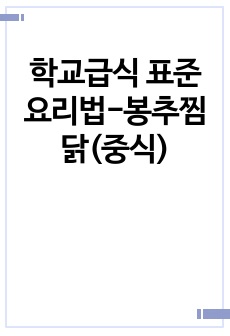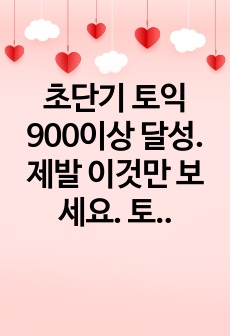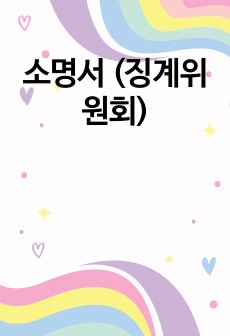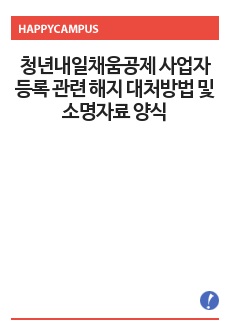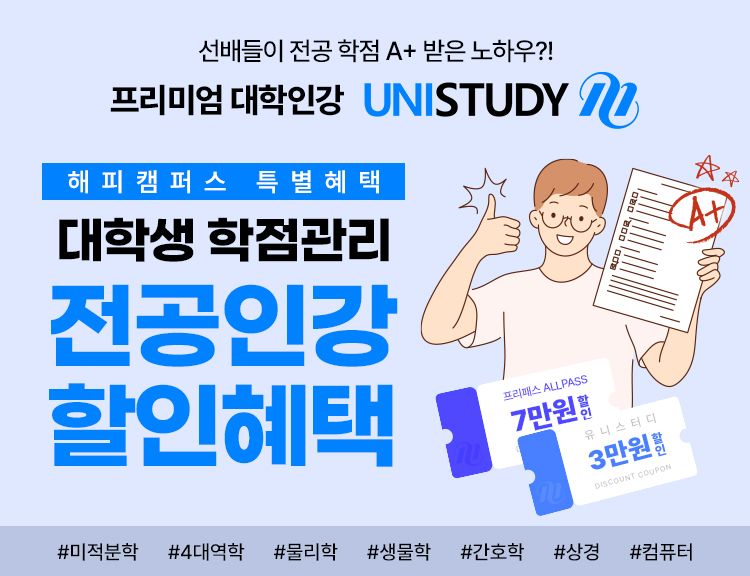DOES THE CROSS-MEDIA SYNERGY (PAID MEDIA AND EARNED MEDIA) WORK FROM A FORWARD LOOKING PERSPECTIVE?: THE IMPACT OF CROSS-MEDIA IMPLEMENTATION ON CUSTOMER EQUITY
* 본 문서는 배포용으로 복사 및 편집이 불가합니다.
서지정보
ㆍ발행기관 : 글로벌지식마케팅경영학회(GFMC)
ㆍ수록지정보 : Global Marketing Conference
ㆍ저자명 : Tae Ho Song, Ji Yoon Kim, Seung Min Lee
ㆍ저자명 : Tae Ho Song, Ji Yoon Kim, Seung Min Lee
영어 초록
Firms acquire customers using myriad forms of marketing media (Neslin & Shankar 2009), and different media strategies yield different results to the firms. Therefore, allocating media strategy given a firm’s spending raises important questions for managers. This is especially the case since the media landscape has changed dramatically, with new media channels incorporating online, mobile, and social media now being considered the mainstream. It is crucial to understand how each form of media influences consumers and how it operates alongside traditional media.Based on Stephen and Galak (2012), marketers distinguish earned media from paid media. Earned media is defined as media activity that a company does not directly generate, such as press mentions on the internet and online community posts in consumer-generated social media. On the other hand, paid media refers to the media activity which a company generates (for example, television, radio, print, and direct mail). It is common for firms to consider using earned media and paid media at the same time when developing marketing communication strategies.
Despite the coexistence of paid and earned media channels, previous empirical findings focus either on paid media or earned media and suggest that these individually will increase a firm’s marketing outcomes. However, there is a lack of research that examines the question of whether the use of paid media and earned media at the same time is synergistic. The effects of a cross media synergy only focuses on the resource allocation within paid media (for example, TV–Radio (Edell & Keller 1989), TV–Magazine (Confer & McGlathery 1991), TV–Print (Dijkstra, Buijtels, & Van Raaij 2005), and TV, Radio, Print and Outdoor (Briggs, Krishnan, & Sheeran 2003)). Thus, by considering paid media and earned media concurrently, this study investigates whether the synergies between paid and earned media have a stronger effect on a firm’s long term profitability than the isolated effects of TV or word of mouth (WOM) alone.
In addition, the research on earned media has focused on short-term outcomes such as customer actions (for example, website sign-ups) and sales growth, sales rank, cross-product sales, and ratings (Trusov, Bucklin, & Pauwels 2009; Li & Hitt 2008; Moe & Trusov 2011). Moreover, in the limited research on the relationship between earned media and long-term outcomes, the outcomes are restricted to those related to soft metrics of communication effectiveness (for example, attitude and brand awareness). Therefore, we use customer equity, which is regarded as a forward looking firm outcome variable, thereby enabling marketers to monitor and measure the long-term financial impact of marketing spending (Kumar & Shah 2015).
Moreover, cross-media synergy can be accurately measured by customer equity, which incorporates both customer acquisition and retention. Based on Villanueva, Yoo, and Hassens (2008), customers acquired through paid media focus more on trials, whereas customers acquired through earned media provide the firm with more repeats. In other words, paid media plays a key role in the acquisition of customers, while, on the other hand, earned media increase the retention of customers. Thus, it is appropriate to measure the cross-media synergy with the customer equity (long term profitability) that can capture the customer acquisition and retention simultaneously.
Regarding the long term impact of the firm’s media strategy, previous research has used the economic impact of traditional marketing channel (for example, television, radio, magazine or newspaper, advertisement, e-mail links, and direct mail) versus that of WOM (for example, links from Web sites, magazine, or newspaper articles, referrals from friends or colleagues, referrals from professional organizations or associations, and referrals from search engines) on customer equity. Traditional marketing had a stronger effect than WOM in the short term, while WOM is a quiet, gradual-impact, long lasting driver (Villanueva, Yoo, & Hassens 2008). This result can be attributed to the different characteristics of each media channel. Although earned media, including WOM, is not entirely controlled by the firm, earned media may be more likely to last longer for various reasons. One of the reasons for this phenomenon is that earned media has greater credibility than conventional marketing activities that are implemented by the firms, and is therefore more persuasive than conventional advertising (Brown & Reingen 1987, Villanueva, Yoo, & Hassens 2008). In other words, considering the impact of each type of media in itself, earned media is more effective in increasing long-term profitability. However, the interaction effect of earned and paid media has not been empirically tested yet.
Thus, it is conceivable that a cross-media synergy (incorporating the implementation of earned media and paid media at the same time) will last longer than the implementation of each isolated media. As Armelini and Villanueva (2010) pointed out, earned media and paid media have complementary effects. For example, offline advertising increases website visitation by influencing consumer awareness, while online advertising directly leads to website traffic (Ilfeld & Winer 2002). The consumer buying process involves distinct stages such as awareness, consideration, and purchase (Lavidge & Stener 2000) and each media influences customer buying behavior in a different way. Hence, it enhances the effectiveness in terms of long-term profitability to utilize the cross-media effect properly. For example, in the car industry, 64 % new car buyers become aware of the features and benefits of a car by obtaining information online, even though they purchase their cars from an offline dealership (J.D. Power and Associates 2004). This finding implies that a firm’s implementation of both paid and earned media properly will maximize the customers’ arousal of the target brands.
Furthermore, converging paid media and earned media is expected to proliferate the growth of a firm’s profitability, such as sales, revenue, and customer’s equity, at an exponential rate. For example, the effects of TV advertising execution can be enhanced by press mentions that a company does not directly generate; this is because press mentions support the credence of TV advertising. Inversely, since paid media activities reach the audience relatively more than WOM (due to the high audience penetration share), the online share of press mention can proliferate rapidly with the execution of paid media activities.
Therefore, the interaction between earned media and paid media has a greater effect on customer equity than isolated media implementation. The impact of a media synergy has more positive effect and last longer than isolated media implementation (and our model is displayed in Fig. 1).
We collect data on marketing efforts, word-of-mouth circumstance, and performance of a telecommunication company. Based on customer equity models and quarterly marketing and performance data, we first estimate the lifetime value of the newly acquired and existing customers. Thereafter, we determine the customer equity of the company over each period. We develop and employ a time-series model for examining the relationship between cross media efforts (paid media vs. earned media) and the estimated firm’s customer equity. Finally, we examine the synergistic effect of cross media on the firm’s long-term profitability.
참고 자료
없음"Global Marketing Conference"의 다른 논문
 THE ROLES OF GREEN PACKAGING IN UGLY FOOD PURCHASE INTE..22페이지
THE ROLES OF GREEN PACKAGING IN UGLY FOOD PURCHASE INTE..22페이지 THE IMPACT OF INDUCED AWE ON ETHICAL TOURIST BEHAVIORS5페이지
THE IMPACT OF INDUCED AWE ON ETHICAL TOURIST BEHAVIORS5페이지 A BIBLIOMETRIC ANALYSIS OF SPIRITUAL TOURISM RESEARCH15페이지
A BIBLIOMETRIC ANALYSIS OF SPIRITUAL TOURISM RESEARCH15페이지 SOCIAL NETWORK ANALYSIS AND RESPONSE TIME TESTING: CONS..11페이지
SOCIAL NETWORK ANALYSIS AND RESPONSE TIME TESTING: CONS..11페이지 THE EFFECTS OF PARA-SOCIAL INTERACTION ON ONLINE CELEBR..3페이지
THE EFFECTS OF PARA-SOCIAL INTERACTION ON ONLINE CELEBR..3페이지 THE INFLUENCE OF OPINION LEADERS ON DAILY DEALS USER’S ..3페이지
THE INFLUENCE OF OPINION LEADERS ON DAILY DEALS USER’S ..3페이지 HOW IMMERSIVE RETAILING AFFECTS CONSUMERS’ URGE TO BUY:..6페이지
HOW IMMERSIVE RETAILING AFFECTS CONSUMERS’ URGE TO BUY:..6페이지 KEY TO SUPERSTARDOM IN A GLOBALISED MARKET: THE ROLE OF..6페이지
KEY TO SUPERSTARDOM IN A GLOBALISED MARKET: THE ROLE OF..6페이지 A POST-PANDEMIC LOOK AT TOURISTS’ PERCEIVED COOLNESS OF..4페이지
A POST-PANDEMIC LOOK AT TOURISTS’ PERCEIVED COOLNESS OF..4페이지 EXTRACTING OFFLINE RETAIL SHOPPING PATTERNS: OLLABORATI..5페이지
EXTRACTING OFFLINE RETAIL SHOPPING PATTERNS: OLLABORATI..5페이지




